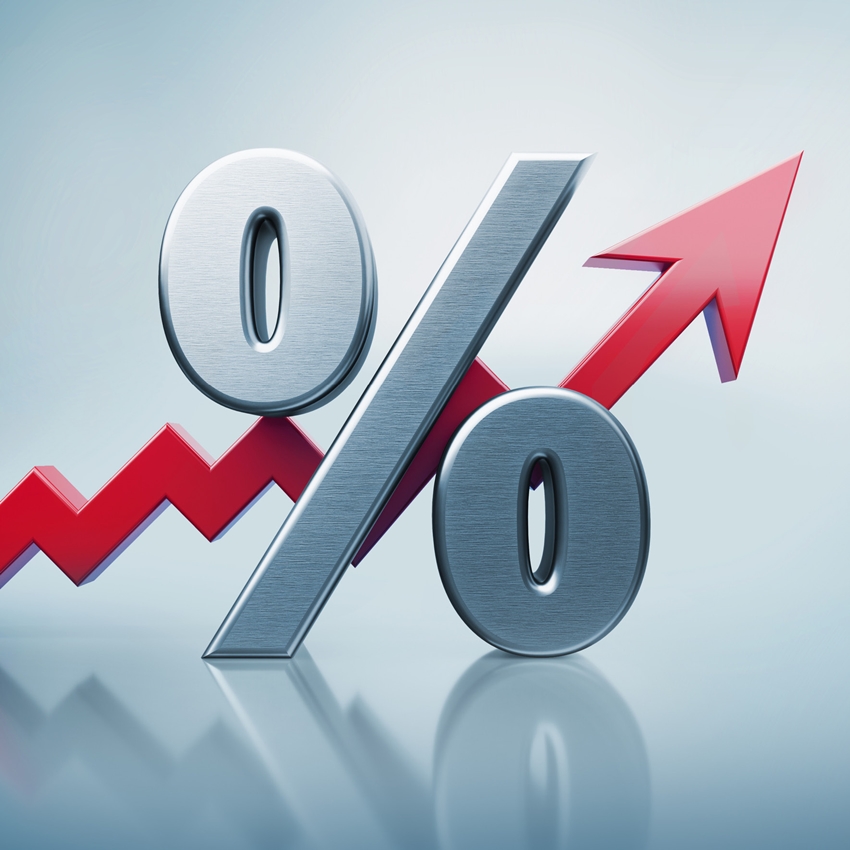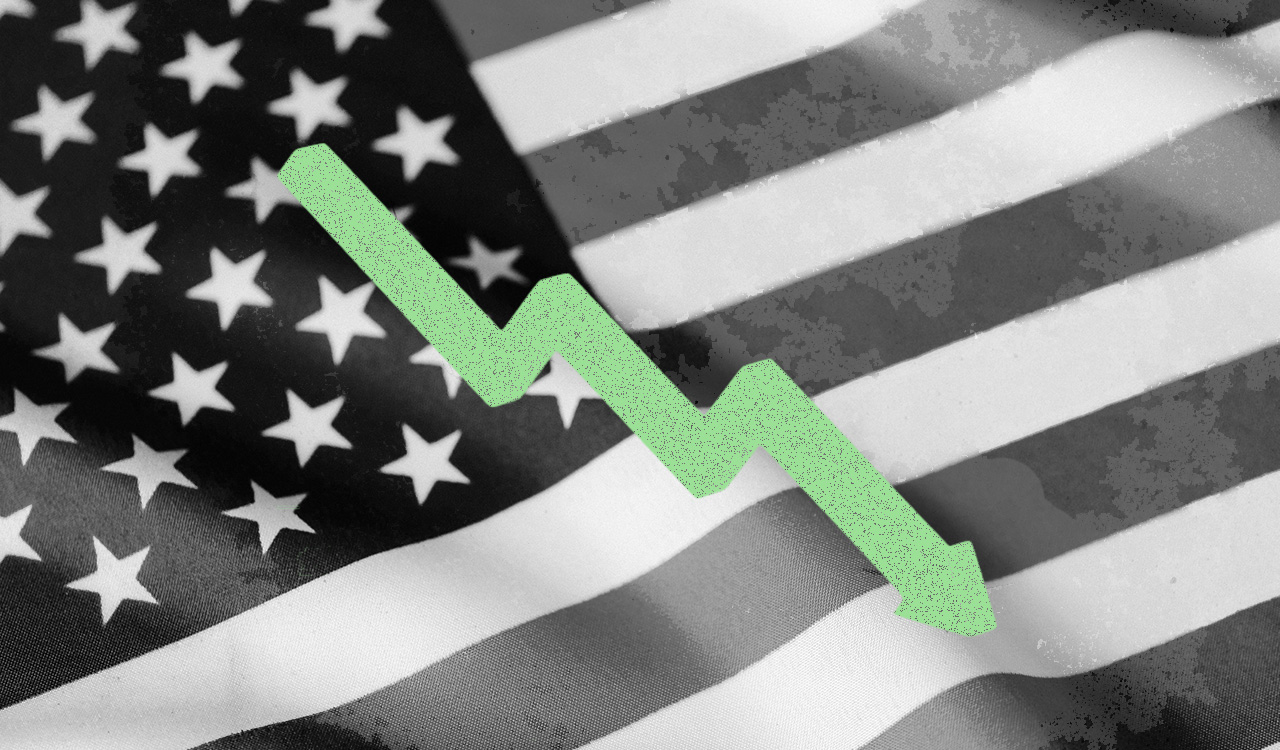Christopher Waller, a senior Federal Reserve official, announced on May 30, that he supports the U.S. central bank’s main interest rate to rise to a level at which it starts to stunt economic growth by the end of the year, with increases in interest rates at every meeting until inflation is decisively curbed. This strategy is thought to have been successful in the past in mitigating inflation and hopes are that it will do so again.
Consumers will be cutting back on purchases or finding ways to save by buying cheaper brands at grocery stores or switching to discount grocers as well as delaying large purchases such as autos, appliances, major travel, etc.
But the Fed may be taking a huge gamble considering today’s volatile climate. The current economy may be entirely too unstable to support the effects of the type of interest rate increases the Fed is advocating. And with unknown factors, including pandemic and supply chain issues, and now war in Ukraine and rising geopolitical tensions, there are doubts whether this strategy will work to defuse inflation. Instead, it may trigger a significant recession, which could make things worse—especially for American consumers.
Interest Rate Increases Have Likely Results
Driving down home sales and home prices.
A decrease in home sales will develop as homes become even more unaffordable due to
Interest-driven increases in monthly mortgage payments—already adding around $400 a month to average payments. Home ome HOHRefis have already decreased by 25 percent. In April, monthly new-home sales posted the biggest drop in nine years, according to the Commerce Department. (Note: Look for a temporary uptick in sales for a few months as some buyers hope to close before interest rates go even higher.) If home sales stall significantly, prices could fall somewhat in the next 12 to 24 months, varying by geographic region. Sales of home-related goods and services [appliances, furniture, home renovation] will decline as well.
Consumer spending cutbacks.
Consumers will be cutting back on purchases or finding ways to save by buying cheaper brands at grocery stores or switching to discount grocers as well as delaying large purchases such as autos, appliances, major travel, etc. This will specifically damage the restaurant industry, as fewer customers can afford to eat out, especially with recent increases in food away from home prices—and just at the time when hotels and restaurants are beginning to recover from pandemic closures. If these sectors become depressed, hiring will again deteriorate. Caveat: Although reports announce increases in retail sales, many of those increases result from more dollars being spent due to rising prices rather than from consumers buying more.
Corporate layoffs.
As many businesses’ sales/profits fall, layoffs will begin in spite of the current low unemployment rate. Carvana has already announced the planned layoff of 12 percent of its workforce, and Peloton—with a sales decrease of 42 percent in March and currently borrowing $750 million to cover losses—is currently cutting 20 percent of its workforce. Netflix has suffered dramatic losses of 68 percent this year to date, which is resulting in an announced staff reduction of 2 percent. Many home delivery services have already cut large numbers of workers, as home delivery demand falls back somewhat. Many brands that saw increased sales during the pandemic are now losing momentum and are especially vulnerable.
Economy at risk for recession.
In theory, inflation occurs when there is too much money chasing too few goods. Shortages of goods are being blamed on pandemic issues: manufacturing disruptions, supply chain and port backups, labor shortages, etc. None of these issues will be resolved short term. It may take many months, if not years, for distribution systems and the flow of goods to the public to fully return to normal. The theory is that raising interest rates makes it more difficult for consumers to borrow money or fund expenditures and as a result, consumers cut back, encouraging prices to fall and rebalancing supply and demand. In the current climate, there are too many unknowns to be sure that this will happen. The pandemic was a black swan event, as far as the economy goes, and financial effects of the war in Ukraine, another black swan event, have not even been fully realized. Piling a recession on top of so many other unknowns may prove to have dire consequences. Certainly, historic remedies—using higher interest rates to curb inflation—is no guarantee, considering current circumstances. Consumers’ emotions are threadbare and volatile, undermining confidence and adding further risks to the equation.
Multiple Risk Factors in Play
Affordability
Today, already, homes and automobiles have become unaffordable for the majority of Americans. In 2022, the median price of a new home is $436,700 (Consumer Reports), and the average new auto purchase price is $47,000 (U.S. Census Bureau). Food and gasoline costs are challenging most family budgets. The average household is spending $450 a month more on groceries than a year ago, an increase of $5,400, annually. And, as of this May, according to Yardeni Research, U.S. households are now spending around $5,000 a year on gasoline, up from $2,800 a year ago. Clearly, these prices are not sustainable for any length of time, even with recent salary increases for many employees. Such high prices are out of reach for many and could put the very existence of a middle class in America at risk.
Real estate values destabilize.
Real estate is around 33 percent of total annual U.S. GDP. If home sales stall, it could derail the entire economy, as it did in 2008 (the big difference between now and 2008, is that banks have been stricter on loan approvals and there are fewer high-risk loans (interest only loans, etc.) in the system, fewer adjustable-rate mortgages, and more restrictions on CDOs, which hopefully mean fewer defaults if things go bad.). This year, we already saw some slowing of home sales and filings for new home starts in the spring. Home price increases, up nearly 20 percent last year, may level off somewhat but still remain well above average. So few homes are for sale, that prices are being artificially inflated purely by competition for inventory. About 18 percent of home purchases are being made by businesses or investors, buying to rent, rather than by private homeowners. By April of this year, interest rate increases have added an average of $400 a month to mortgage payments for new home buyers. Young home buyers are the largest component of the buying audience at this time, especially first-time buyers and for them, that $400 is critical. Sellers wishing to appeal to this audience will be forced to lower asking prices to offset interest increases. And those hoping to save money by renting may be under financial pressure as well: nationwide, rents are up by 17 percent in the past year, and rose by 19.3 percent in 2020, per Realtor.com.
Escalating credit card interest.
Interest rates for credit cards rose substantially in 2017-2019—pre-Covid. Many cards already charge 16 to 25 percent, with late penalties rate increases as high as 29.99 percent. Today, the median available interest rate from Investopedia’s data base of over 300 credit cards is currently 19.62 percent. With interest that high, it is easy for consumers to develop debt problems. By the first quarter of 2022, most of the government stimulus money in consumers’ accounts had been spent, and according to the Commerce Department, the saving rate dropped to the lowest level in nine years. Consumer debt grew to nearly $16 trillion in the fourth quarter of 2021, the highest level since 2007.
Investment volatility.
Tech stocks and Crypto currencies have dramatically lost value in recent weeks. FAANGs (the top tech stocks and around 25 percent of the market: Facebook/now Meta Platform, Amazon, Apple, Netflix, Google/now Alphabet), have lost significant value, while as of May 16, The Wall Street Journal reported that: “In the past six weeks, $1 trillion in cryptocurrency value has evaporated—yes trillion.” Even Walmart and Target—retail heroes during the pandemic—reported Q-1 setbacks, with Target commenting that it misread consumers as purchases this year switched from TVs, furniture, and appliances to categories such as beauty products and luggage (up by 50 percent), with continued demand for essentials/food and weaker than expected demand for apparel. Dow Jones Market Data reported that the mid-May stock drop of 25 percent experienced by Target, “Puts the company on pace for its largest single-day percentage decrease since 1987.” Even if stocks recover, instability and volatility seem to be here for the near term. Nervousness about 401(k) accounts losing value will be around for a while.
Five Things Retailers Should Do
- Get closer to your customer. Retail execs should get out into the stores, talk to and interact with shoppers, and find out more about what customers want and how they feel—now. Pre-pandemic and pandemic consumer data is irrelevant at this point, and the view from the corporate office is skewed toward the latest figures the computer spits out—history, not foresight. Retail has been and always will be about keeping ahead of customer’s needs and desires. There is an old saying in this business that, “Retail is about the future.” Target and other home goods providers found this out as purchases leaped from furniture and TVs to personal enhancement and travel-related expenditures. Many general merchandise companies that did well during the pandemic are less likely to do as well going forward, as purchases migrate more toward services and experiences.
- Think value-based. Shoppers’ budgets are being stretched to the limit. If you are a discount or value-based store—Aldi, Dollar Stores, Costco, Walmart, etc.—that may be good news, as more shoppers trade down. And no doubt, more off-price goods seekers will scrutinize online sites for the best deals. Kroger is already pushing back on suppliers, challenging them as to whether they really need to raise prices as much as they are doing. Manufacturers and retailers must both make a profit, but there is a fine line between cost-recovery price increases and price-gouging.
- Build a better store staff. While more and more stores convert to self-checkout, automation, or forcing the customer to go shop online (whether they want to or not), stores are becoming endless aisles with no access to helpful sales staff. This creates environments that are barren of empathy, assistance, and humanness. Retailers that provide well-trained, knowledgeable in-store staffs will have a decided advantage.
- Restructure supply chains. Locate suppliers who are less vulnerable to disruptions. That may mean more onshore or local providers or manufacturers in dependable, stable countries. Factor in enough backlog to survive interruptions (the current shortage of infant formula is inexcusable, as are the continuing empty shelves in far too many grocery chains). The biggest threat to commerce in the next few years will be the alliance between Russia and China. In a recent Beijing meeting, the two countries signed an agreement of mutual support, stating that; “Friendship between the two states has no limits.” The agreement is seen by many as, “A pact against America and the West.” Depending on China for major product commitments may involve increasing risks.
- Make a contingency plan for a recession. If there is a recession, you will be prepared. And if there is no recession, it will be a good exercise in financial fortitude.




